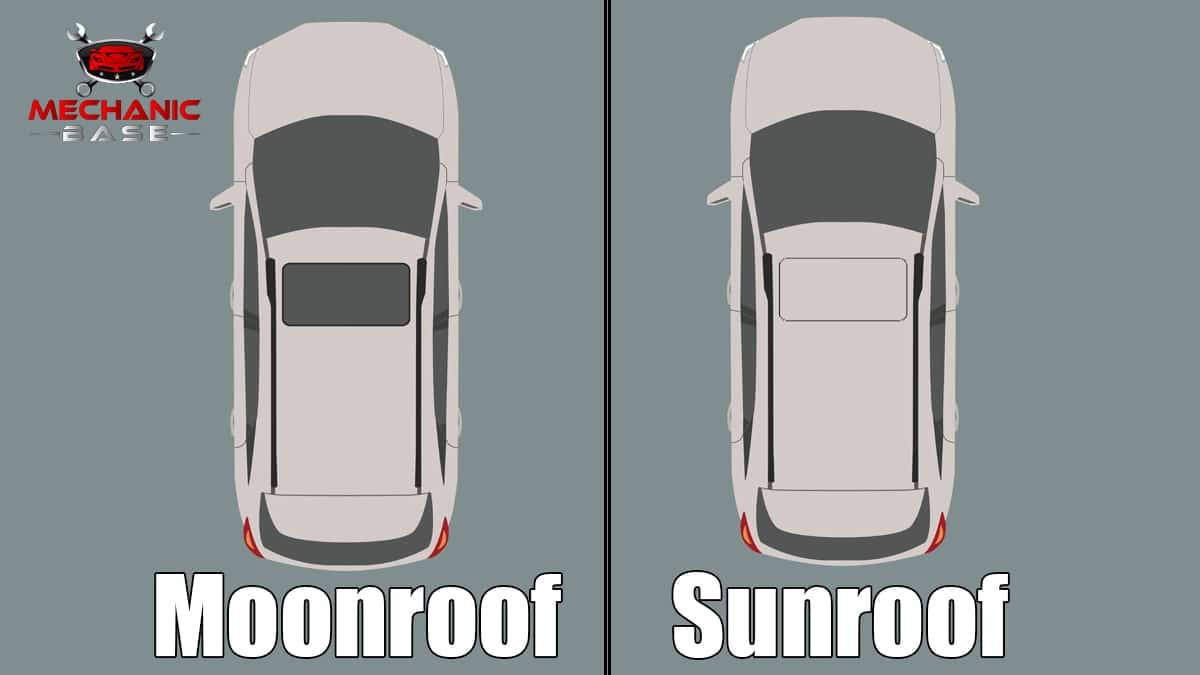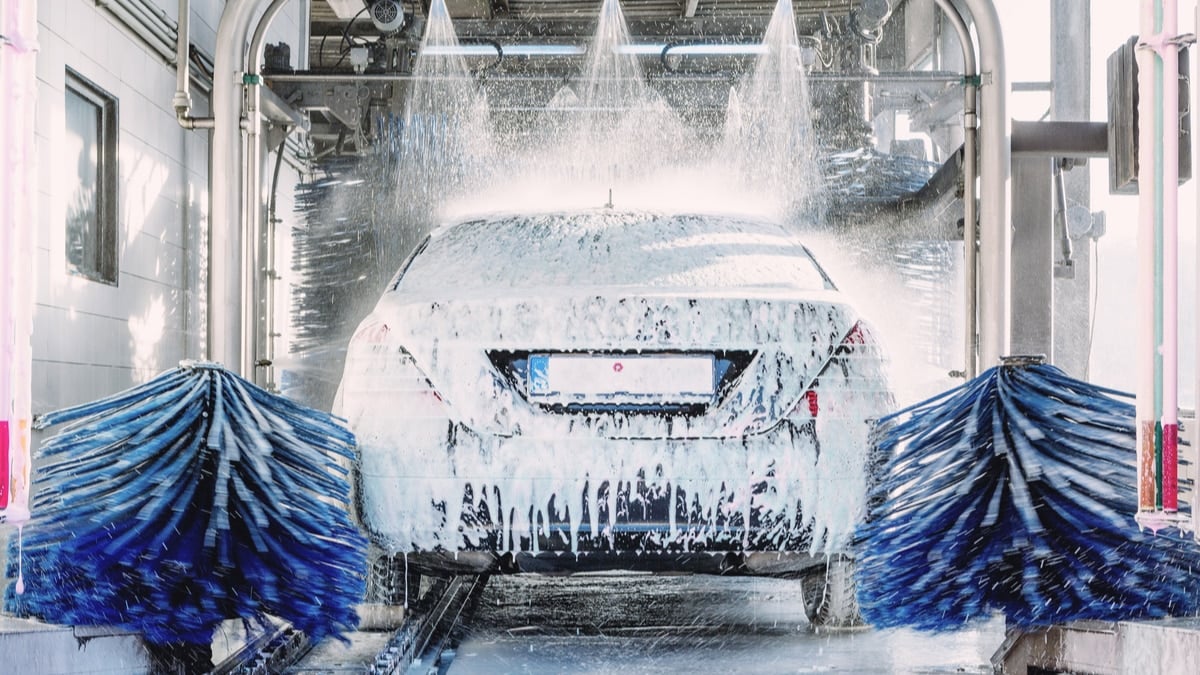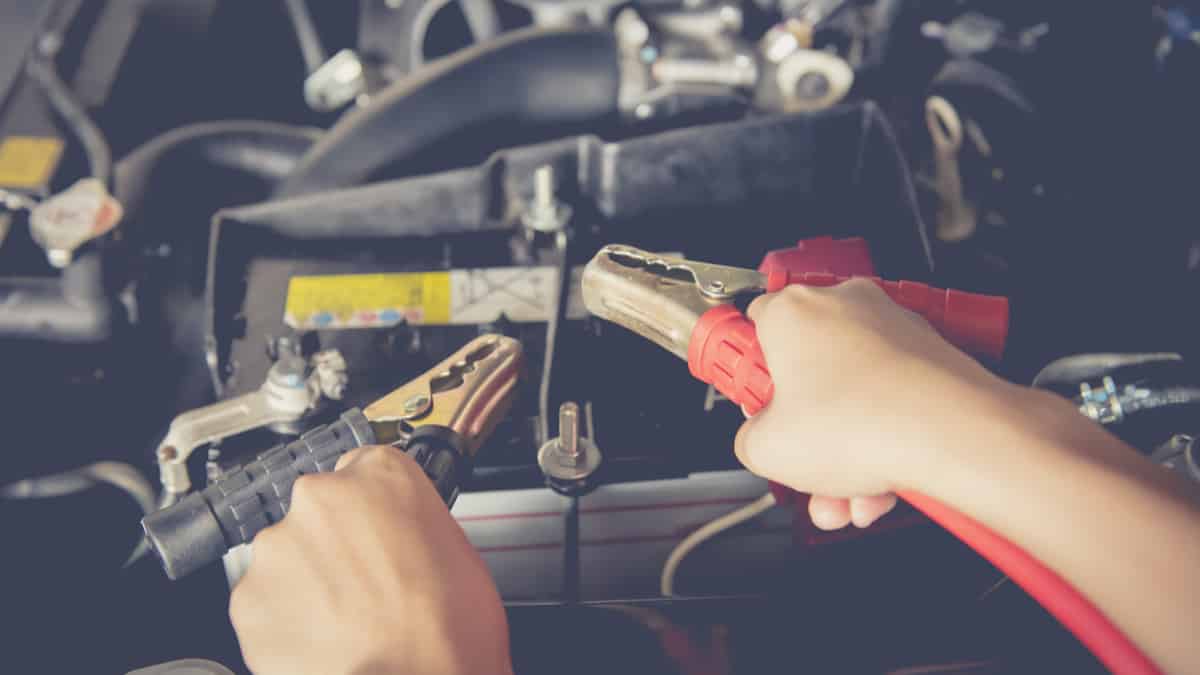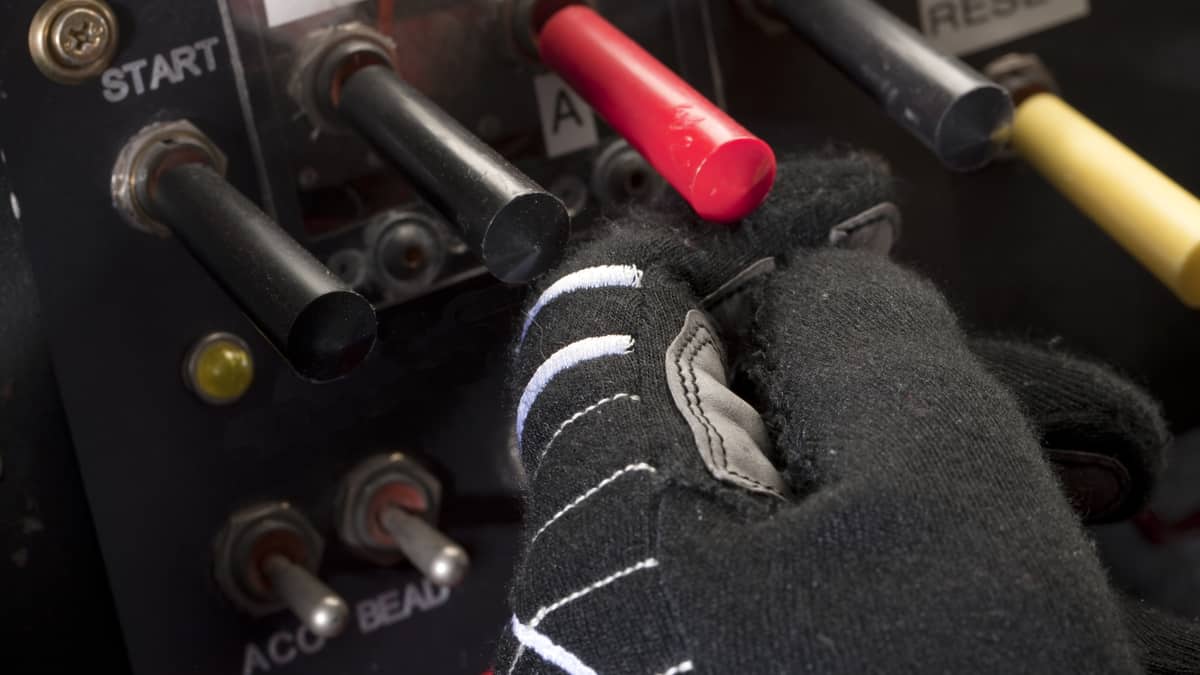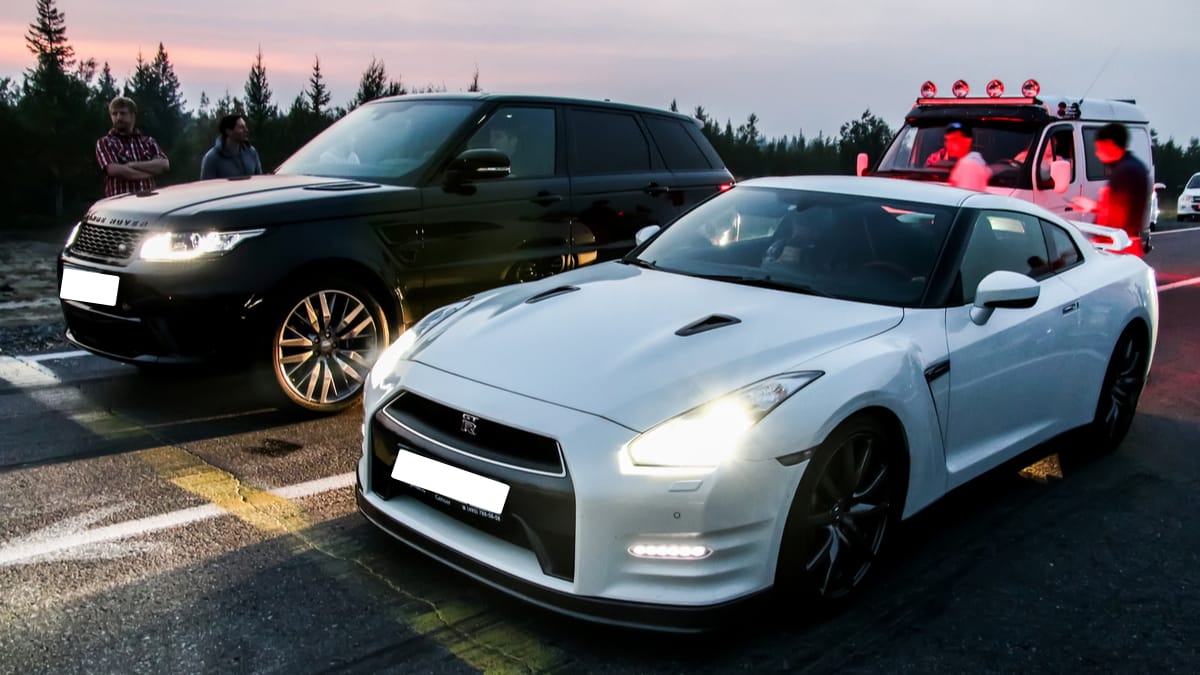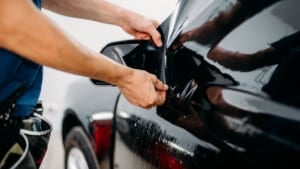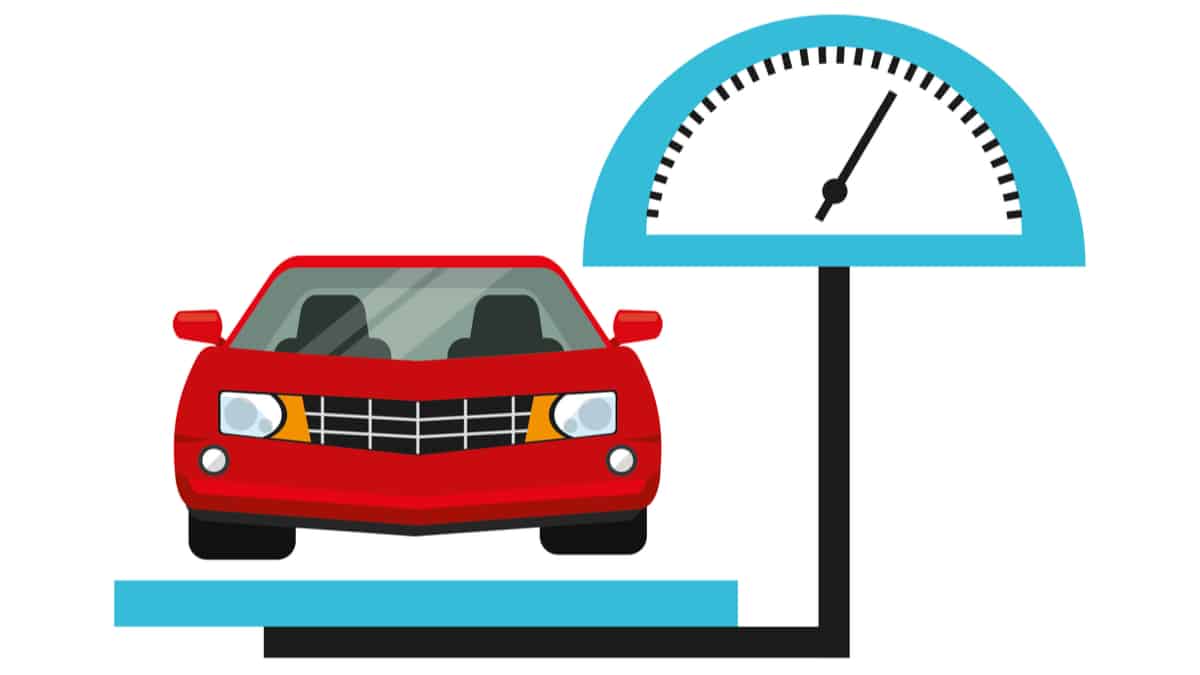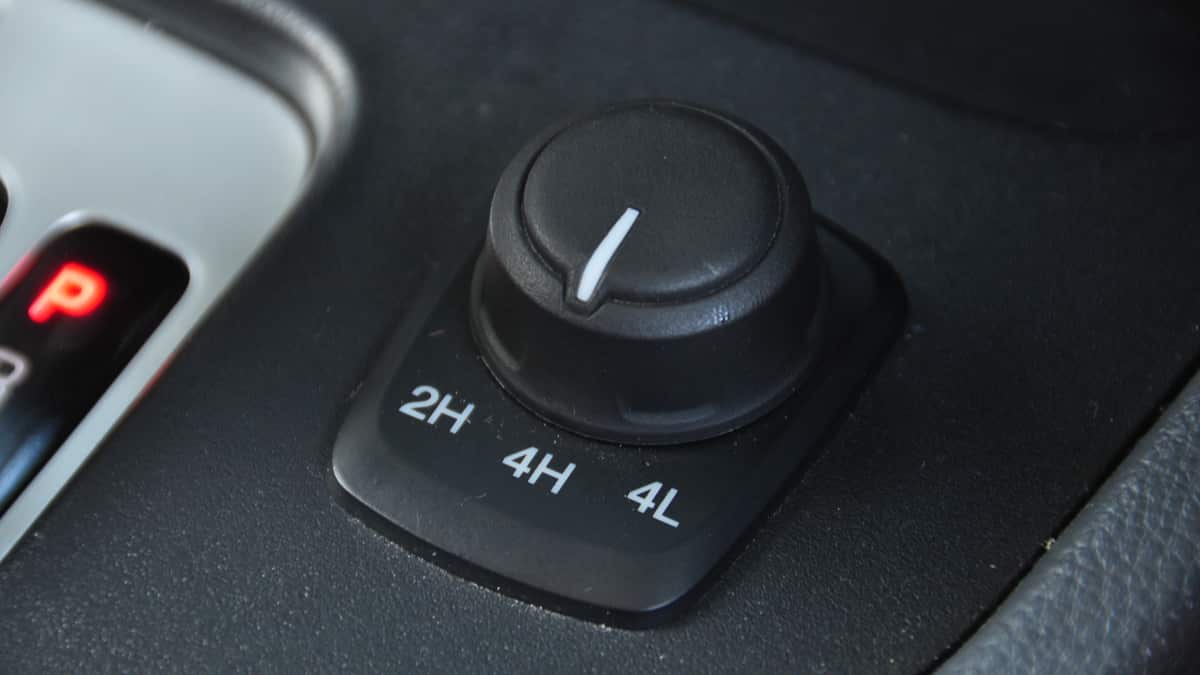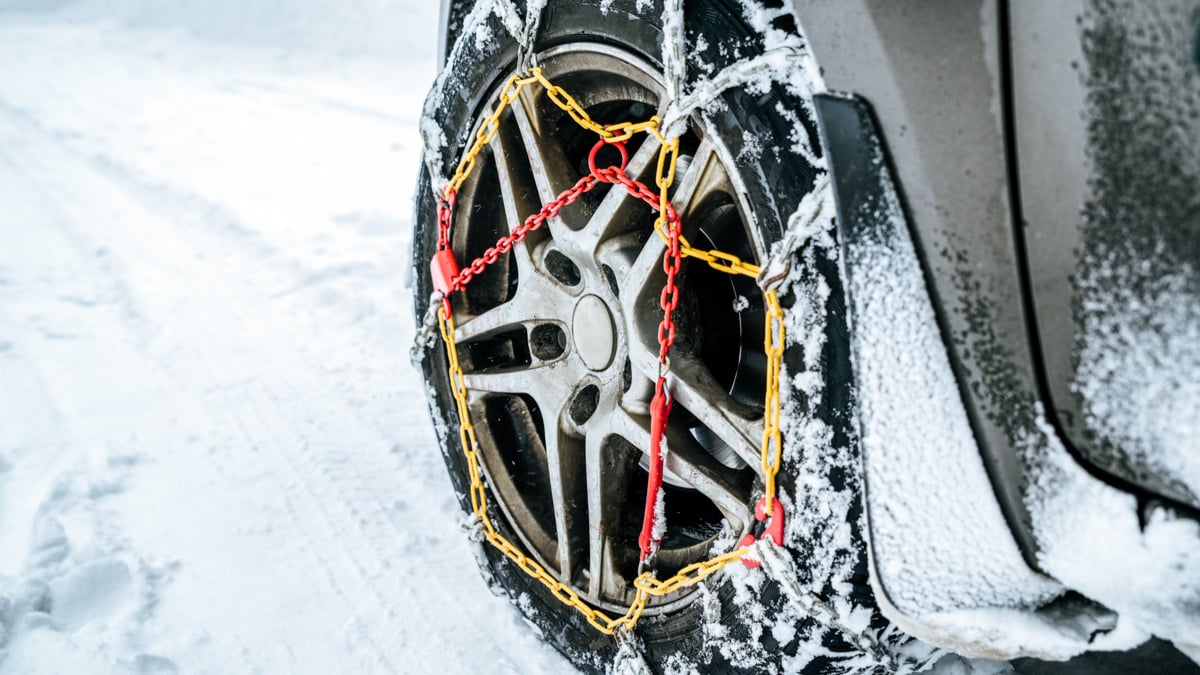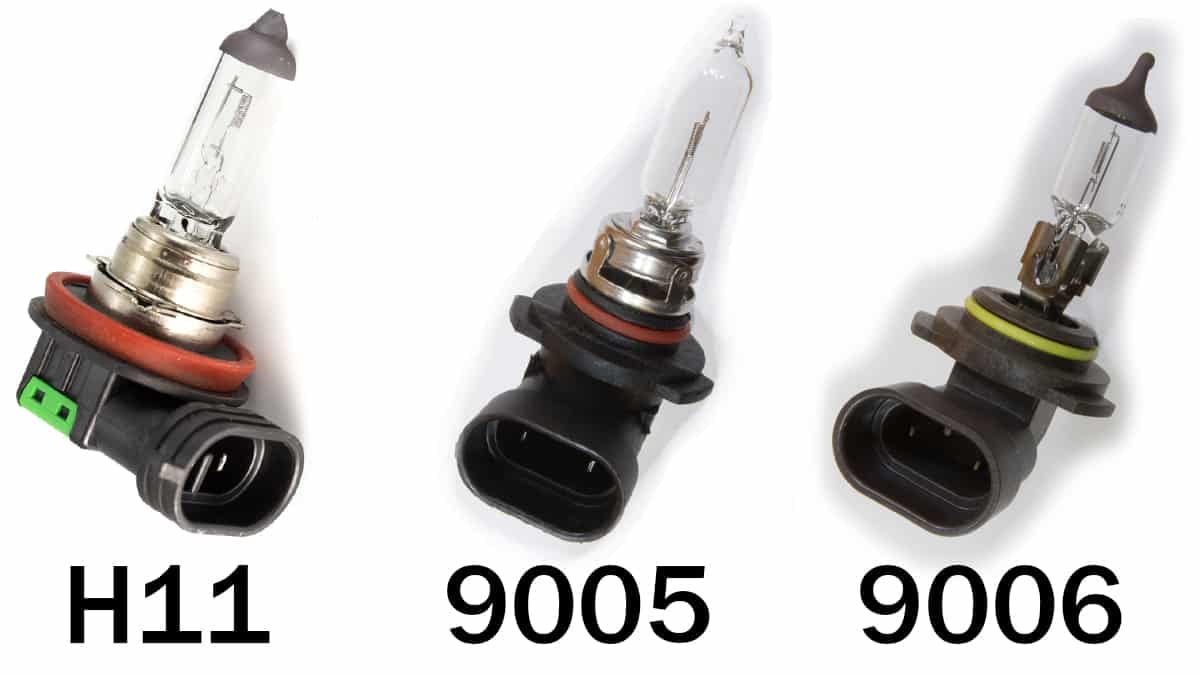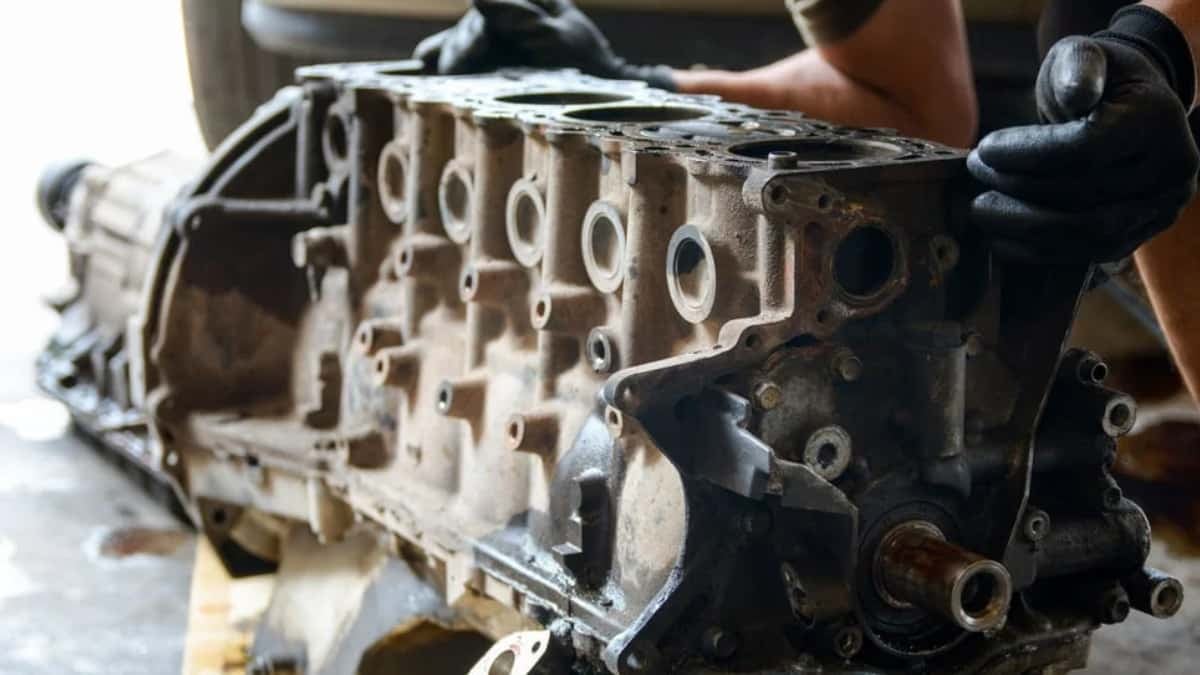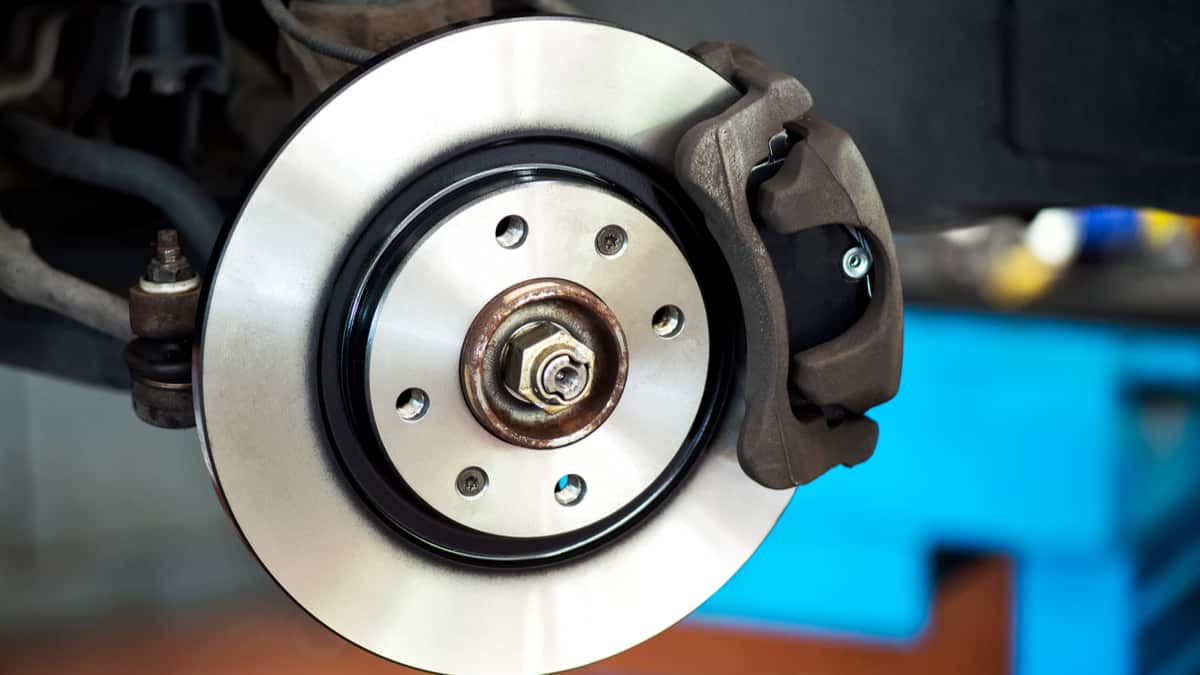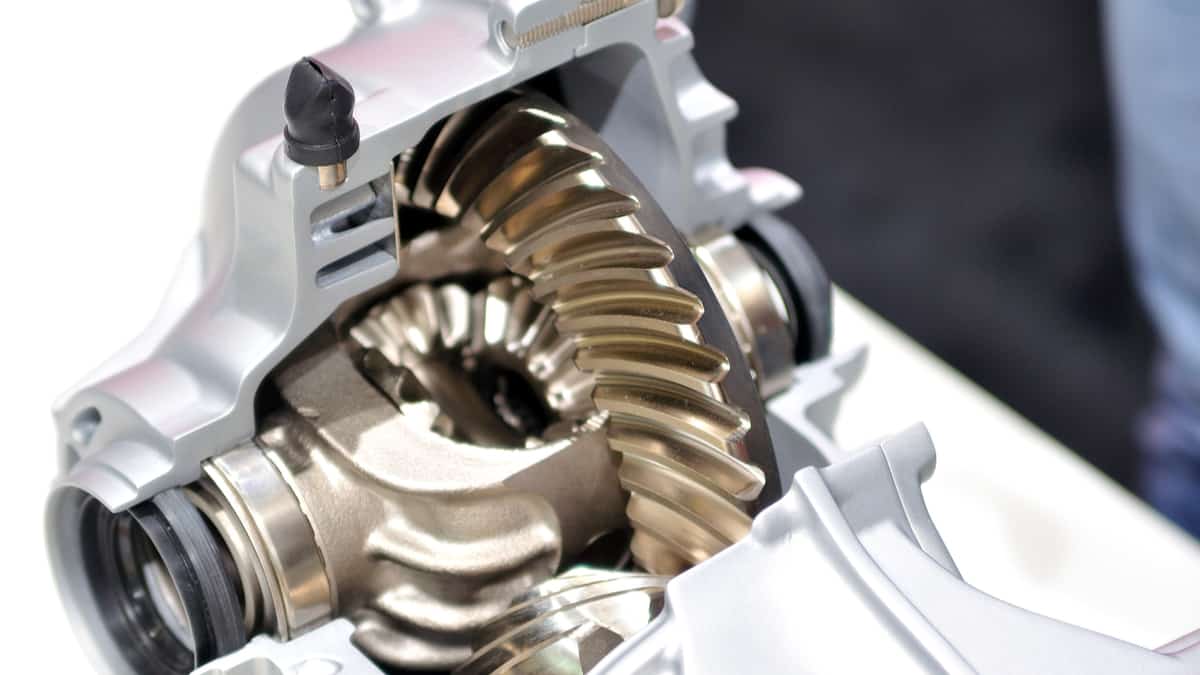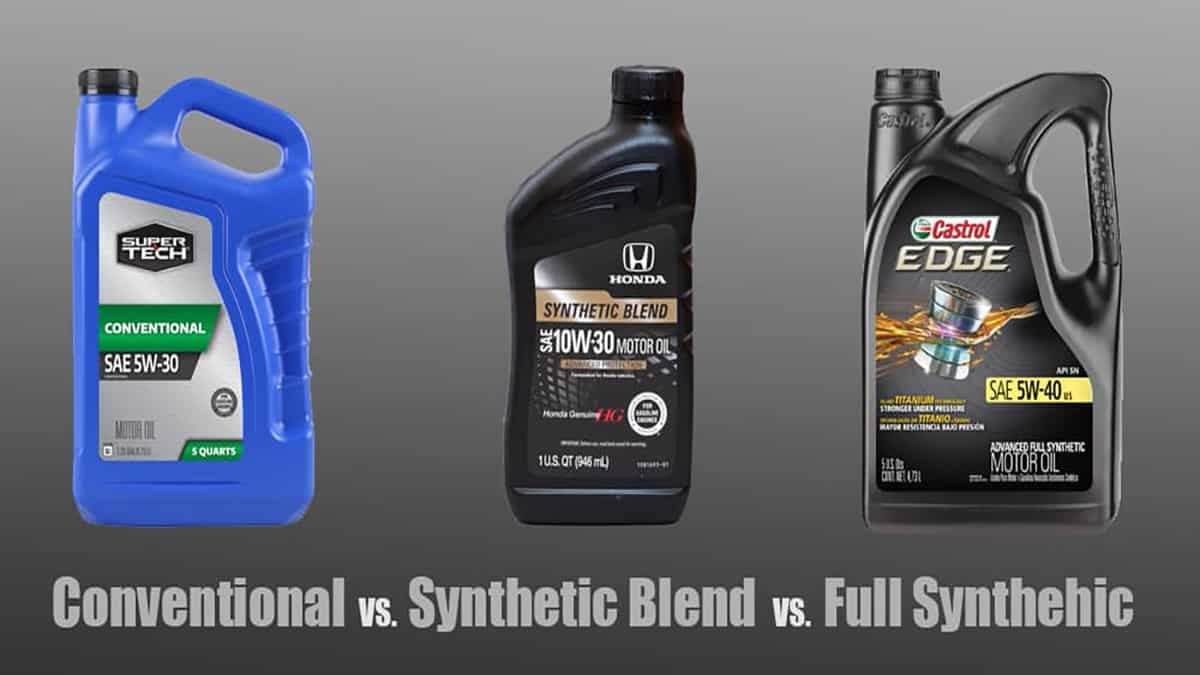With all of the options in modern vehicles, you want to be sure you get exactly what you want. Deciding between the right audio system and appropriate safety equipment can be a challenging venture in itself, but so can figuring out the difference between a sunroof and a moonroof.
In this guide, we look at the distinct differences between the two. We also examine different types of sunroofs and moonroofs that you might not have heard about before. At the end of the article, we also discuss if sunroofs and moonroofs are safe.
What’s the difference between a Moonroof and a Sunroof?
While many drivers use the terms interchangeably, a moonroof and a sunroof are not the same. The difference is that the sunroof is an opaque piece of metal that opens up to reveal the sky and air. In comparison, the moonroof is made from glass, sometimes tinted, to allow light in whether it is open or closed.
What is a Sunroof?
A sunroof is an opaque panel that can open on the roof. Depending on the design, the sunroof can slide back and forth or tilt up and down. The purpose of a sunroof is to let sunlight and fresh air into the cabin, but it allows you to close up when it’s not in use.
These traditional sunroofs aren’t sold in newer cars anymore. Instead, today’s vehicles are sold with a type of moonroof that might have a sliding opaque part that covers the glass.
What is a Moonroof?
The moonroof hasn’t been around as long, but it is the chosen design in most vehicles from the past few decades. The first instance of this design was found in the 1973 Lincoln Mark IV with its tinted glass roof that took the place of the previously-used metal plate.
The moonroof provides the same chance to experience fresh air, but it also allows you to get sunlight without opening the roof. For this reason, the moonroof acts like a window, while the sunroof is more like a door.
Even though this is the usual design in cars today, the term sunroof has stuck with drivers. In reality, the traditional sunroof isn’t available in newer cars anymore, meaning they are all equipped with some type of moonroof.
Types of Sunroof/Moonroof Designs
1. Folding Sunroof
This is one of the first sunroof designs available. The metal body was able to open up and provide an open-air drive, thanks to the folding fabric cover that was placed over the roof space. These tops can be manually rolled back, similar to what’s found with a convertible. European cars are popular for this design, such as the Volkswagen Beetle.
While these tops were popular at one time, there was little soundproofing installed, leading to a much louder drive. Additionally, the fabric would age, just like a convertible, leading to a less appealing look over time.
RELATED: White vs Black Car: Which Color to Choose? (Pros & Cons)
2. Built-in Moonroof
A built-in moonroof is a standard form, the one most people think about when talking about sunroofs. It provides a glass panel that’s electric-powered to slide back and forth or tilt up and down. With the moonroof open, you gain a lot of fresh air ventilation and a wonderful view, but you can also keep it closed and enjoy the view just as well.
With many moonroof designs, some of the headspace is reduced for the unique construction. Additionally, the moonroof can leak if there’s a structural issue, although that’s becoming less common with newer models. What’s great is you can find moonroofs in every car class, normally for a little more money.
3. Pop-up Moonroof
The pop-up moonroof is a manual design that isn’t as popular today. It contains a glass panel that can be pushed up and secured to let a little air in. However, you can’t open the moonroof all the way like the traditional design.
The only trouble with this design is that leakage is more probable. If rain seeps into the car, it can lead to rust. You can find these in a variety of cars from the 1980s and 1990s, such as the Honda Civic or Ford Mustang.
RELATED: How to Protect Your Car From Rust This Winter (6 Easy Steps)
4. Spoiler Moonroof
The spoiler moonroof offers a sporty design, similar to what you think of when you see a rear spoiler on a vehicle. While the panel is glass, it slides back and up to where it stays above the roofline. Plus, it remains slanted down toward the front of the vehicle, offering an aerodynamic style.
Some people don’t appreciate the look of the glass panel above the roof instead of flush with it. Plus, it’s normally a little smaller because of the design. It’s not easy to find these today either.
5. Panoramic Moonroof
The panoramic moonroof is one of the newest designs. It’s anything but small but is one of the largest options you can find. It can run as far as the roof in your vehicle, giving you a convertible-type feel without the fabric or folding hardcover. A few cars use a fixed panoramic moonroof that doesn’t open, but the majority of them have an electric open and close feature.
With all of the extra sunlight in the cabin, the drive is more enjoyable and vibrant. Plus, it’s offered in a variety of car classes, ensuring everyone has access to it. However, it can be a pain to clean, similar to the windshield. It can also create a hot interior during the warmer summer months.
6. Lamella Moonroof
You might not have heard of this type of moonroof because it isn’t that common. It creates a segmented, multipanel design. When you open the moonroof, the panels are going to slide back and stack on one another at the rear of the roof opening. What this leaves you with is a larger unobstructed view with the panel open.
One of the reasons this design isn’t so popular is because there have been maintenance issues with the way it works. Still, Mercedes-Benz was known for using it for a short time.
Are Moonroofs Safe?
You may feel that a moonroof or sunroof provides more safety than a standard convertible. On some level, you are correct that there are fewer instances of serious injury when compared with the canvas convertible top. Plus, it’s not as easy to break into the car with a sunroof or moonroof as it is with a convertible top.
Still, there are some downsides that must be considered before assuming these roof designs are practical and safe. Leaks tend to be a common complaint, depending on which design you opt for. Some have been able to provide more integrity than others, but there’s always the chance of something failing, leaving your car interior vulnerable to the weather. Plus, newer cars have been suffering from a rash of exploding moonroofs.
Additionally, a moonroof or sunroof can create extra mass on the top of your vehicle. In some cases, you could notice that this added mass could increase the center of gravity. Depending on how comfortable you are with driving, you might have trouble handling the car. It could take a little getting used to, but you won’t notice it once you have driven for some time.
Does a moonroof open all the way?
Whether your moonroof opens all the way or not depends on the car model you have. For some car models with a moonroof, you will be able to open it all the way, but in others, it may only have a tilt function to let in air.
Why is it called moonroof?
The term “moonroof” was first used in the 1970s when cars were first being outfitted with sunroofs. Car manufacturers sought to differentiate sunroofs from moonroofs by using the term “moonroof”. Due to the transparent glass, you could see the stars and moon through the moonroof.
Is a sunroof worth the extra money?
It depends on your preferences. A sunroof can be a great addition to a car, but it also depends on your needs and what you’re looking for in a car. If you’re someone who lives in a warm place and likes to drive with the sunroof open, then it’s definitely worth the extra money.
Do sunroofs make cars hotter?
Yes, sunroofs or moonroofs make cars hotter because they let sunlight in and heat up the car. However, moonroofs are made of transparent glass, while sunroofs are made of metal, so the real answer is that moonroofs will cause the temperature in your car to rise.
Categories: Market
